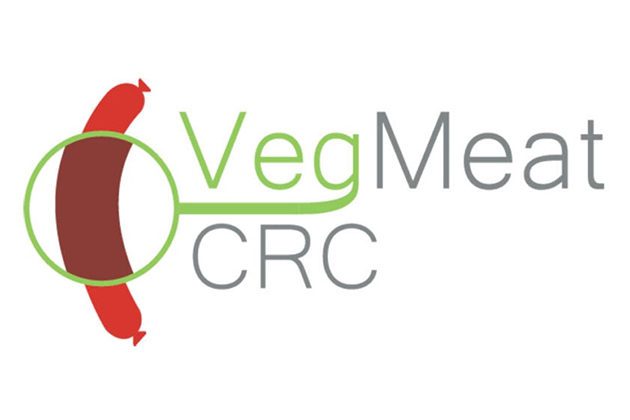VegMeatCRC
Sausages with added vegetables for prevention of colorectal cancer

The project investigates the association between consumption of processed meat (sausage) and colorectal cancer (CRC).
Start
01. Jan 2018
End
31. Dec 2021
Funded by
Agricultural Agreement Research Funds (FJM)
Cooperation
NMBU, the Cancer Registry of Norway (CRN), DTU, Nortura SA, Jæder Ådne Espeland AS, Leiv Vidar AS, Nordfjord kjøtt AS, Alna AS, Bama Gruppen AS, Animalia, Matprat, and KLF
Project Manager(s):
Norway has the highest incidence of colorectal cancer (CRC) in Europe, and in two Norwegian studies frequent consumption of sausages was associated with increased risk of CRC. It is therefore an urgent need for more research that can identify potential underlying mechanisms, and at the same time find opportunities to make processed meat products healthier.
Recently, there has been an increasing interest in using vegetables in meat products. More knowledge is needed about the health effects of such products, especially if the addition of vegetables can reduce the risk of CRC.
The project VegMeatCRC will quantify potential carcinogenic compounds formed during heat treatment of test products, and in the digestive tract using in vitro models. The carcinogenic potential (tumour development) will be determined in a mouse model. Observed changes in the gut microflora will be compared with analyses of microflora obtained from individuals participating in a Norwegian CRC screening program.
By using advanced statistics we hope to find associations between food ingredients, presence of carcinogenic compounds in the intestine, carcinogenic potential in mouse, and relevance to development of colorectal cancer in humans.
Results from the project so far
The project has so far provided increased insight into ingredients in sausages that can affect the formation of carcinogenic compounds during production, frying (160 °C) and digestion. Focus has been on the formation of heterocyclic amines, nitrosamines, oxidation products (malondialdehyde, hydroxyalkenals) and secondary bile acids, chemical compounds that in several studies have been associated with cancer development.
Heterocyclic amines are compounds that may be formed in meat at high temperatures, but was found to be present at very low levels in fried sausage. Addition of nitrite to the sausages increased the levels of some nitrosamines and hydroxyalkenals, whereas it inhibited the formation of malondialdehyde, hence the picture is complex.
Preliminary results also indicate that addition of vegetable emulsion to sausages may inhibit the formation of carcinogenic compounds, both during frying and during in vitro digestion. Significant effects on the formation of nitrosamines have been observed, and the project will look further into this by studying the impact of nitrate-rich vegetables, such as spinach.
Two mouse trials have been initiated and will continue in 2021. In one study, sausages with varying amounts of nitrite and spinach are included in the feed. Measurements of tumour development and gut microflora will be compared with the outcome of the human study. Hopefully, this will increase our understanding of the combined role of the microflora and diet in the development of CRC in humans, and in the end help the industry to produce healthier meat products.
Publications
Research areas